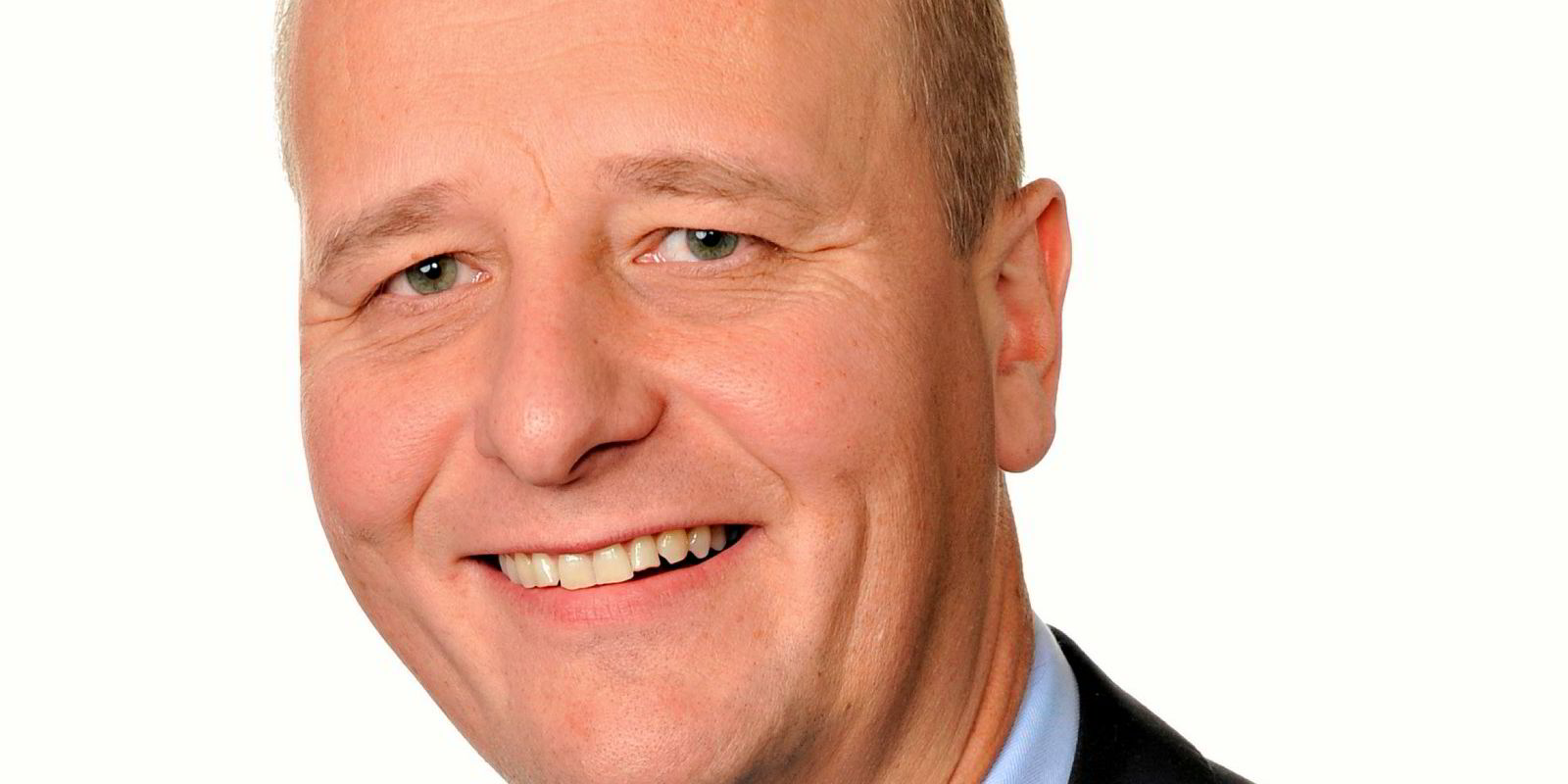Finnlines chief executive Emanuele Grimaldi has outlined steps the company will take "to reach the ambitious goal of becoming carbon neutral".
The Helsinki-based ro-ro and ro-pax operator is prepared to modify existing ships with new tanks and engines to run on new types of fuel, he said.
But the focus will remain on existing technology until zero-carbon fuels are commercially available at scale.
These include new battery technology, hydrodynamic design in vessels, air lubrication systems and solar panels on its newbuildings.
Finnlines, which runs a fleet of around 21 ro-pax and ro-ro vessels in northern and western Europe, will also equip several existing ships to use onshore power.
The gradual transition to carbon-free and renewable fuels is also being investigated, Grimaldi said.
That would be helped by a €500m ($578m) newbuilding investment programme in five ro-ro vessels which is proceeding as planned, he said.
The first of three hybrid ro-ro vessels under construction at the Nanjing Jinling Shipyard in China is scheduled to be delivered in the coming weeks, and the following two in early 2022.
In addition, Finnlines has ordered two eco-efficient Superstar ro-pax vessels at the China Merchants Jinling Shipyard in Weihai which are slated for delivery in 2023.
Grimaldi said the newbuildings would increase the focus on energy savings which is the best way to achieve immediate results and reduce emissions.
Profits jump 45%
Grimaldi pointed to a promising outlook for Finnlines for the remainder of 2021 due to increased cargo volumes.
That saw profits for Finnlines jump 45% in the third quarter to €32.7m, up from €22.5m in the same three months last year.
Revenues were up 22% to €155m from July to September, from €126.7m in the corresponding period last year.
The improvement was boosted by an increase in cars, freight and passengers transported.
"An upward trend continued during the third quarter when cargo volumes increased nearly on all routes," said Grimaldi.
Cargo volumes increased significantly in the first nine months of the year when 124,000 cars were transported, up from 102,000 cars in the previous period.
"The automotive industry suffered from shortage of components and the summer stoppage was longer than anticipated," said Grimaldi.
"However, as the Finnlines fleet consists of vessels in different sizes, capacity could be moved from routes with temporarily declining demand to others where larger capacity was needed."
"When travel restrictions were gradually eased, recreational travel recovered although passenger numbers remained far below the normal level," he said.






